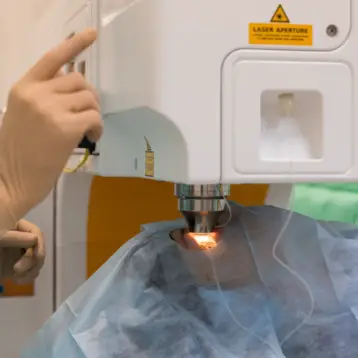The new study revealed that brain circuits, which are found in most mammals, help us put together two critical pieces of information; the first is evaluation of possible events’ benefits, and the second is the probability these events will occur. While it is obvious how the use of this two-step “thinking” helps when handling simple, economical situations, the research suggests that the same brain activity pattern occurs when facing much tougher decisions.
Figuratively speaking, the meaning of this is that complex moral decisions need not rely on a specific “moral sense.” According to Amitai Shenhav and Joshua D. Greene, from Harvard Department of Psychology, their findings provide a new perspective for researchers studying the cognitive aspects of moral decisions.
While some researchers have argued that value judgments are produced by a “moral faculty” in the brain, Shenhav and Greene’s work – appearing in the journal Neuron – indicates otherwise. “It seems that our capacity for complex, life-and-death decisions depends on brain structures that originally evolved for making more basic, self-interested decisions about things like obtaining calories,” said Shenhav. “Many of the brain regions we find to be active in major moral decisions have been shown to perform similar functions when people and animals make commonplace decisions about ordinary goods, such as money and food.”
The research employed real-time brain imaging. Shenhav and Greene presented 34 subjects with hypothetical choices between saving one life with certainty or saving several lives, but with no guarantee that this latter effort will succeed. “Research in neuroeconomics has identified distinct brain structures responsible for tracking the probability of various outcomes,” said Greene as he explained their theoretical background. Through systematic variance of number of lives at risk and the odds of success, the scientists discovered the logic behind the decisions taken by the participants.
“Our work shows that the parts of the brain people use for combining assessments of outcome probability and magnitude into a final decision closely coincide with the brain regions we use daily when deciding how to spend money or choose foods,” Greene said.
The research focused on a brain region called the ventromedial prefrontal cortex. The experiment allowed Shenhav and Greene to track the “expected moral value” of the uncertain option. The concept is similar to the basic calculation of expected value, multiplying each value by the possibility it will occur. For instance, if there is a 50 percent chance for $200 gain and 50 percent chance for $100 loss, the expected value will be $50 (200×0.5 – 100×0.5 = 50). Similarly – but less mathematically – the experiment showed integration of the information about the number of lives to be saved and the probability of saving them. Other brain regions separately tracked outcome magnitude and outcome probability.
The importance of this work, funded by the National Science Foundation, is it provides better understanding of how people make decisions that affect the lives of others. “For example, how did President Truman decide to deploy nuclear weapons against Japan in 1945, ending World War II, but at an enormous cost?” Greene asks rhetorically, and immediately answers: “Our results suggest that such decisions employ the same basic mechanisms our brains use when we evaluate whether it’s worth spending a few hundred dollars for an extended warranty on a new car.”
According to Greene, Truman’s historic decision shows parallels to ones made by ordinary people every day. It involved tradeoffs among outcomes of a different magnitude: How many lives would be lost? How many saved? Second, Truman’s decision was made in uncertainty. He could, at best, assign probabilities to possible outcomes.
“Truman, like ordinary decision makers, had to put information about probability and magnitude together to reach a decision,” Shenhav said. Similarly, everyday decision makers must compare the relative sizes of costs and benefits, just like a car buyer who balances the cost of a warranty against the cost of repairs. Exactly like a car buyer, “Truman relied on his ventromedial prefrontal cortex to evaluate his options,” said Shenhav.
TFOT also covered the usage of brain scans to improve marketing efforts, researched at Duke University and Emory University, and the correlation between how the brain “sings” and complex conditions such as schizophrenia, discovered at Cardiff University in the UK.
For more information about the similarity between moral decision-making and everyday decision-making, see Harvard’s official press release.










